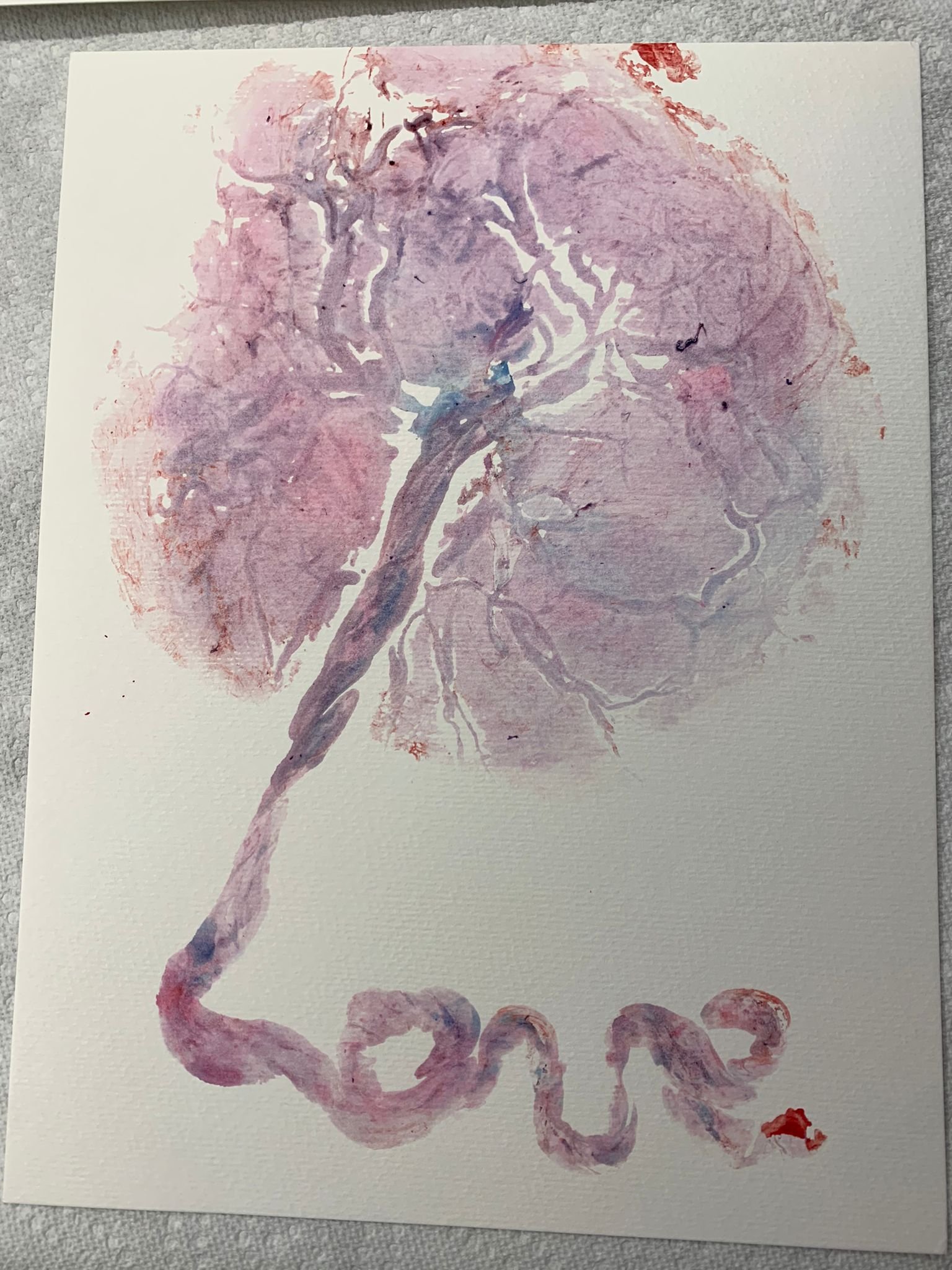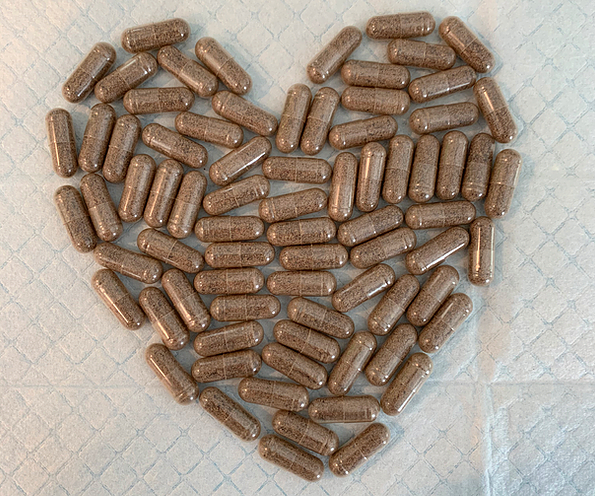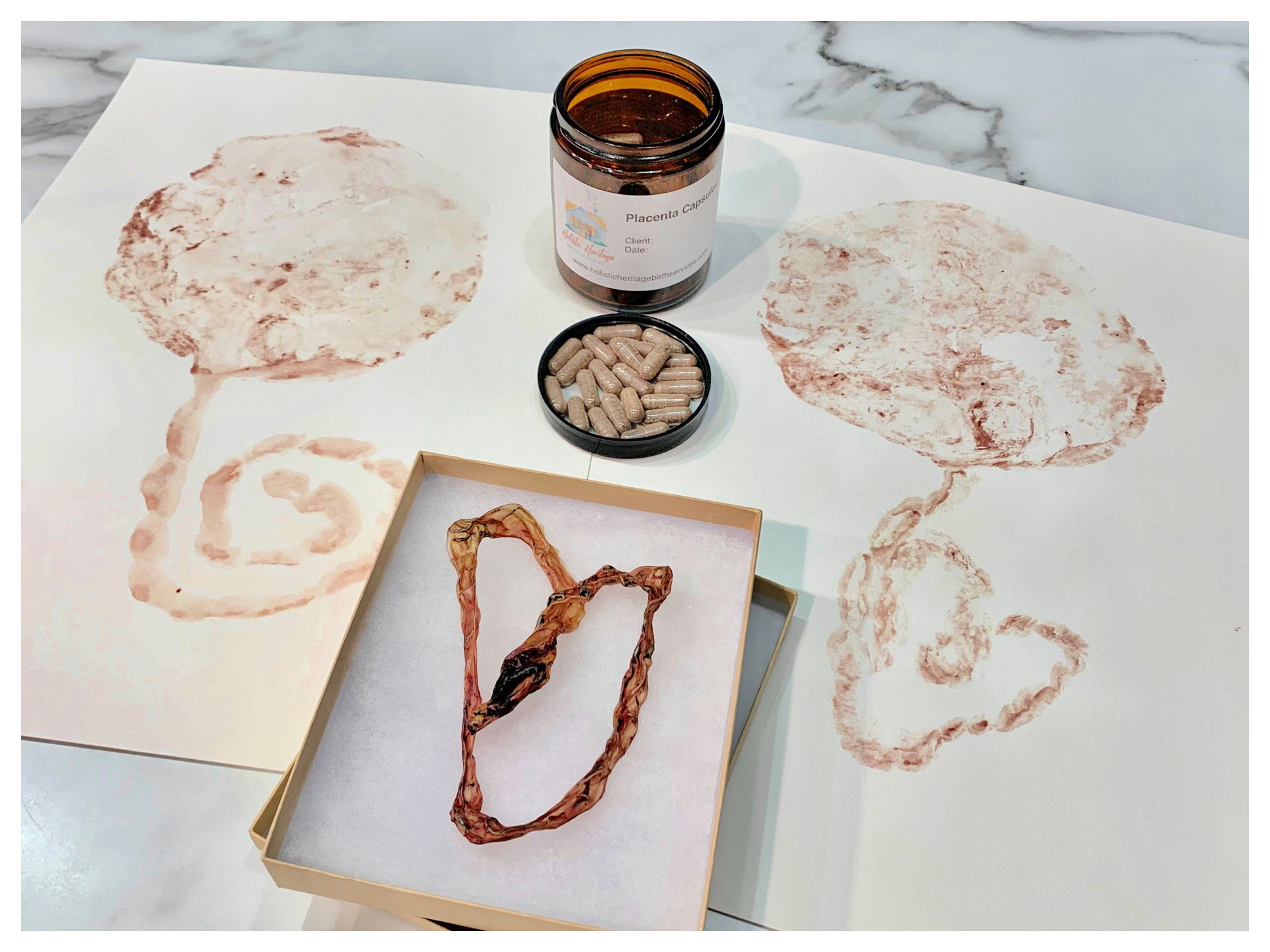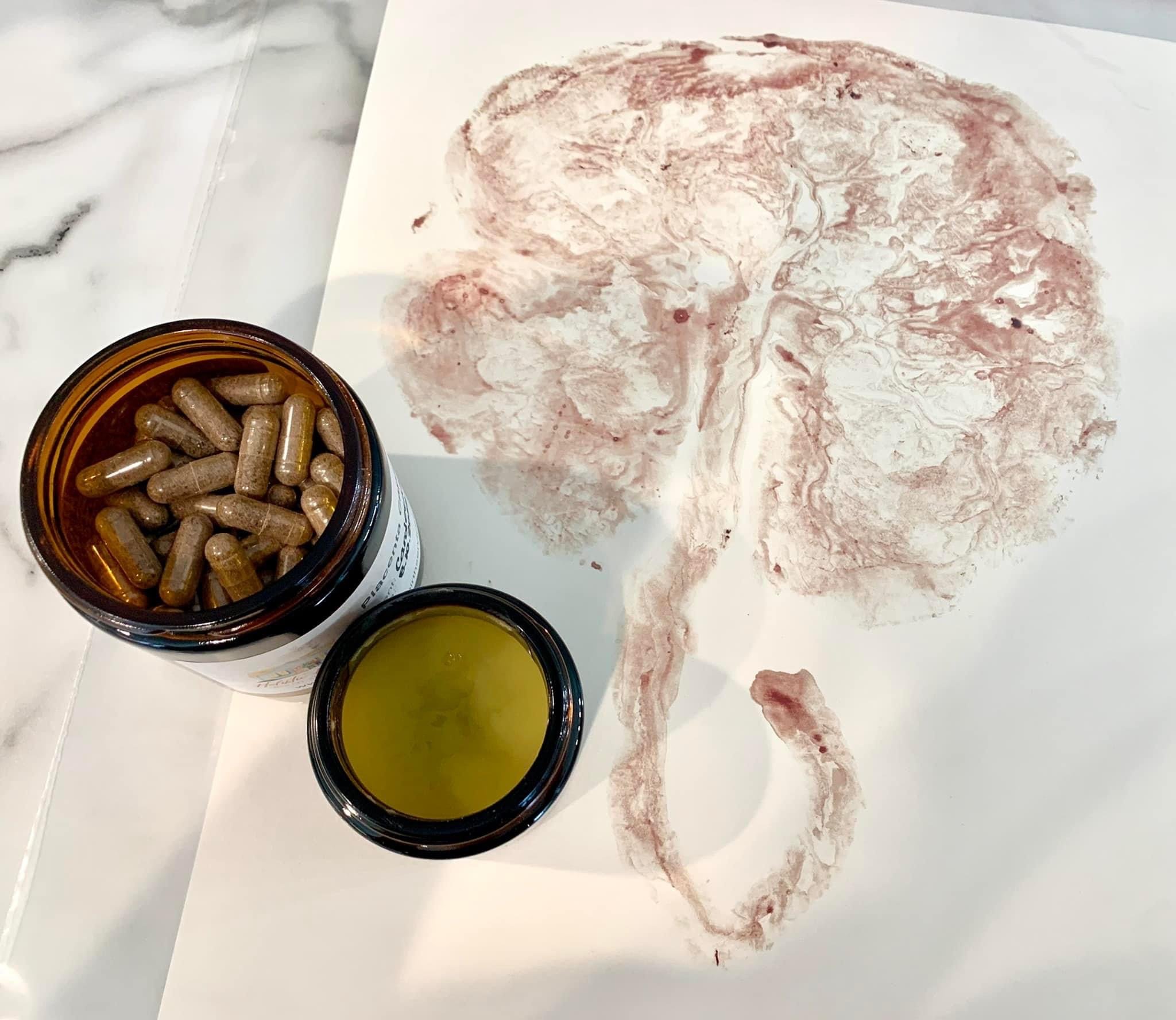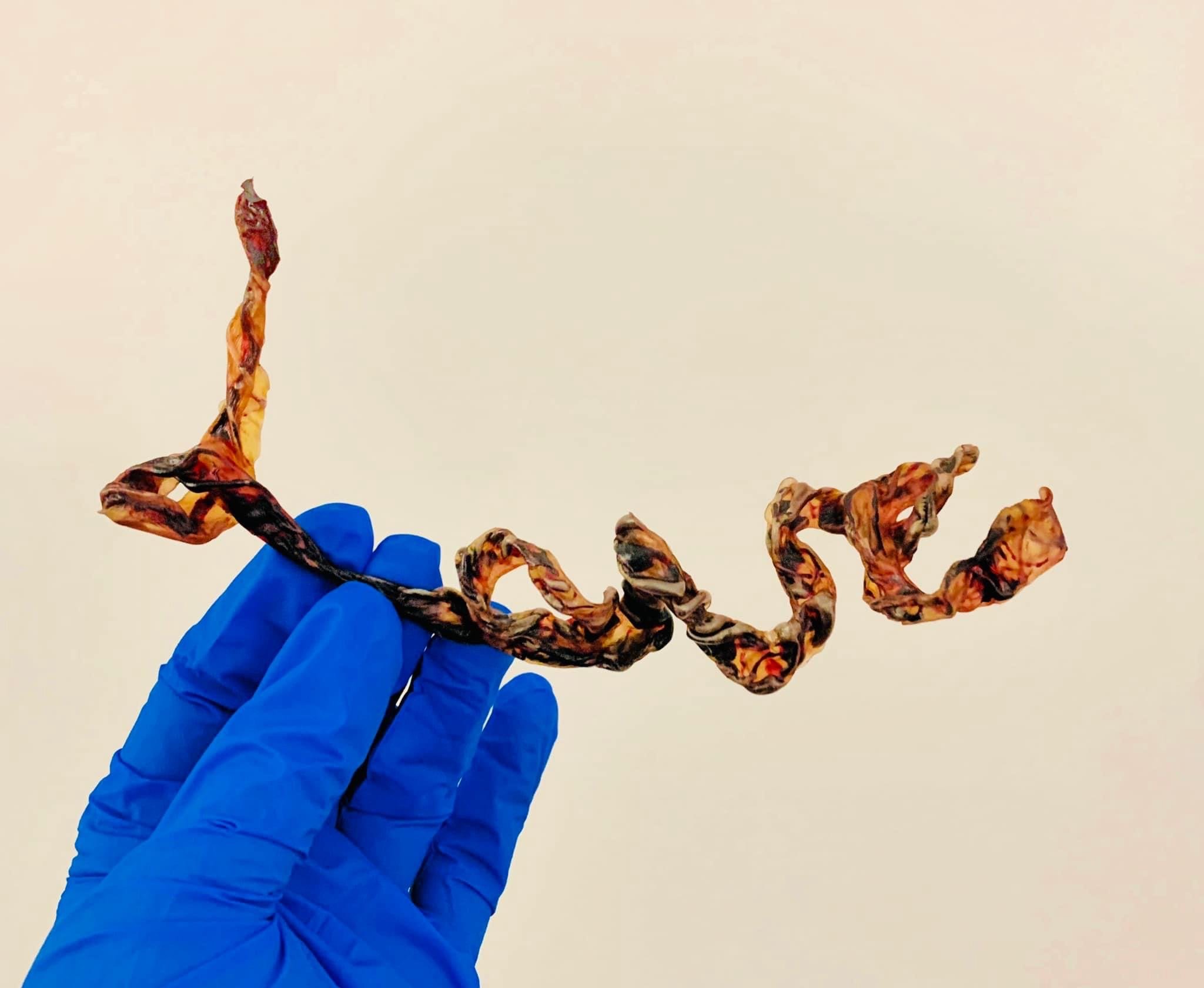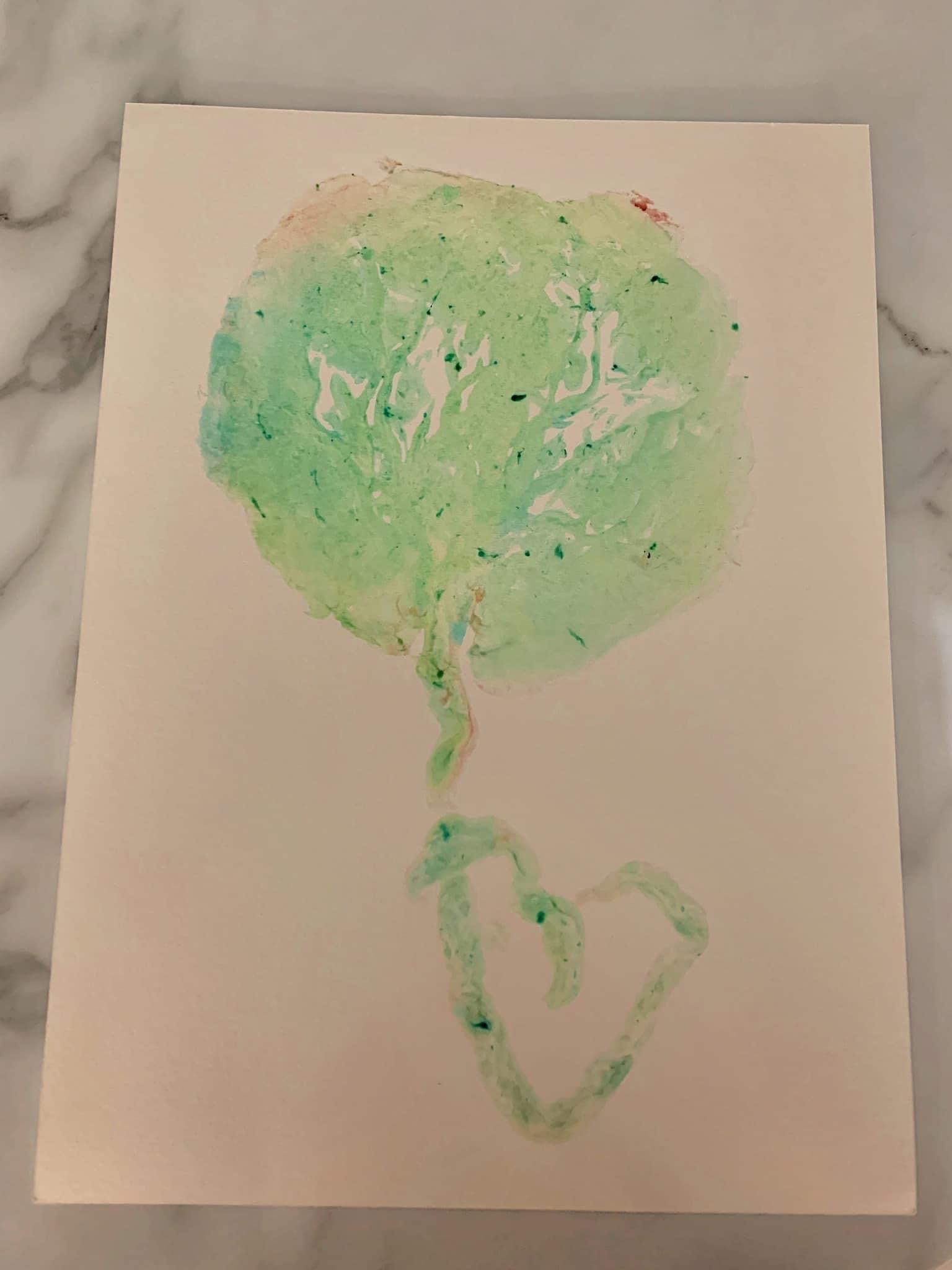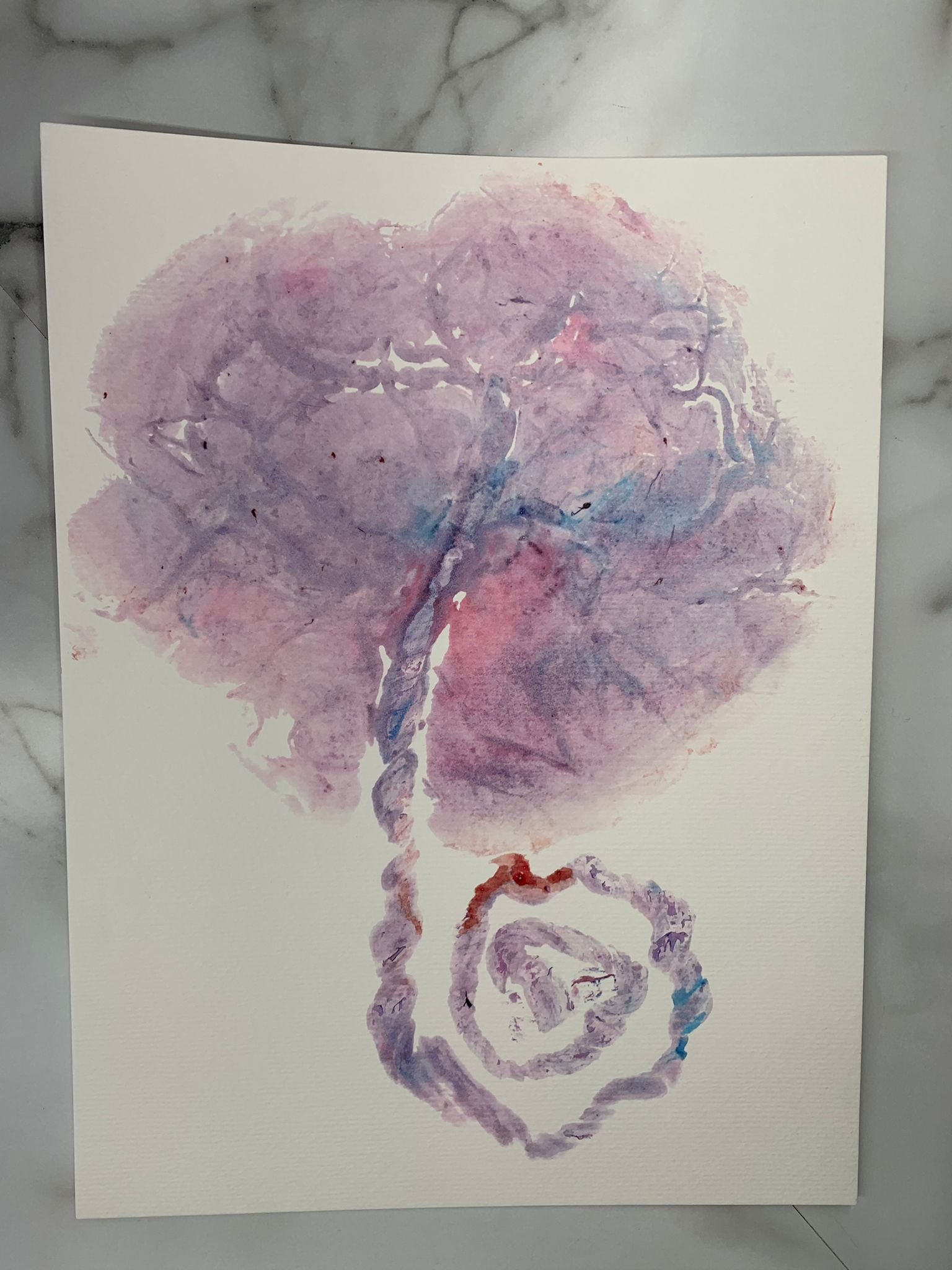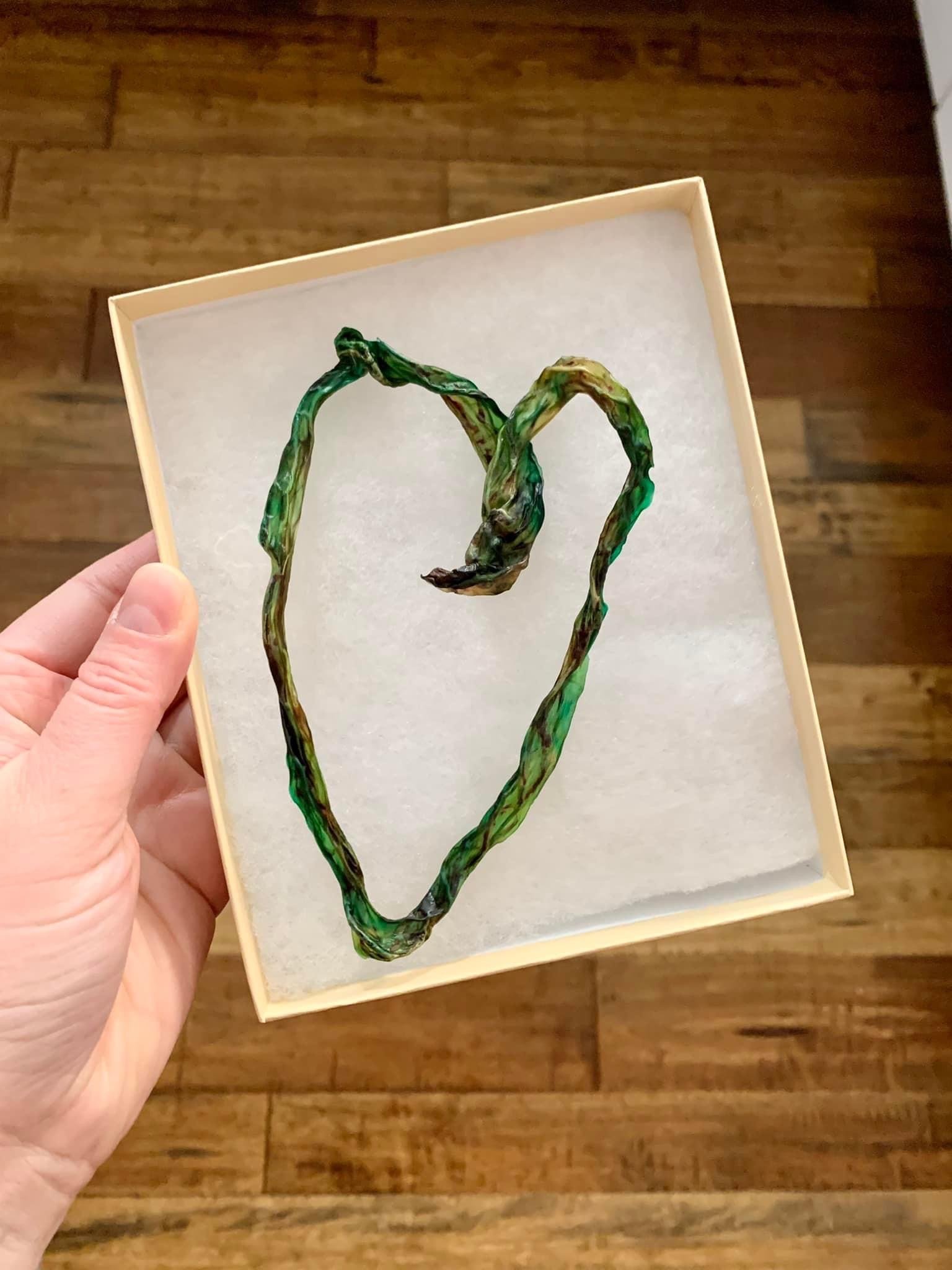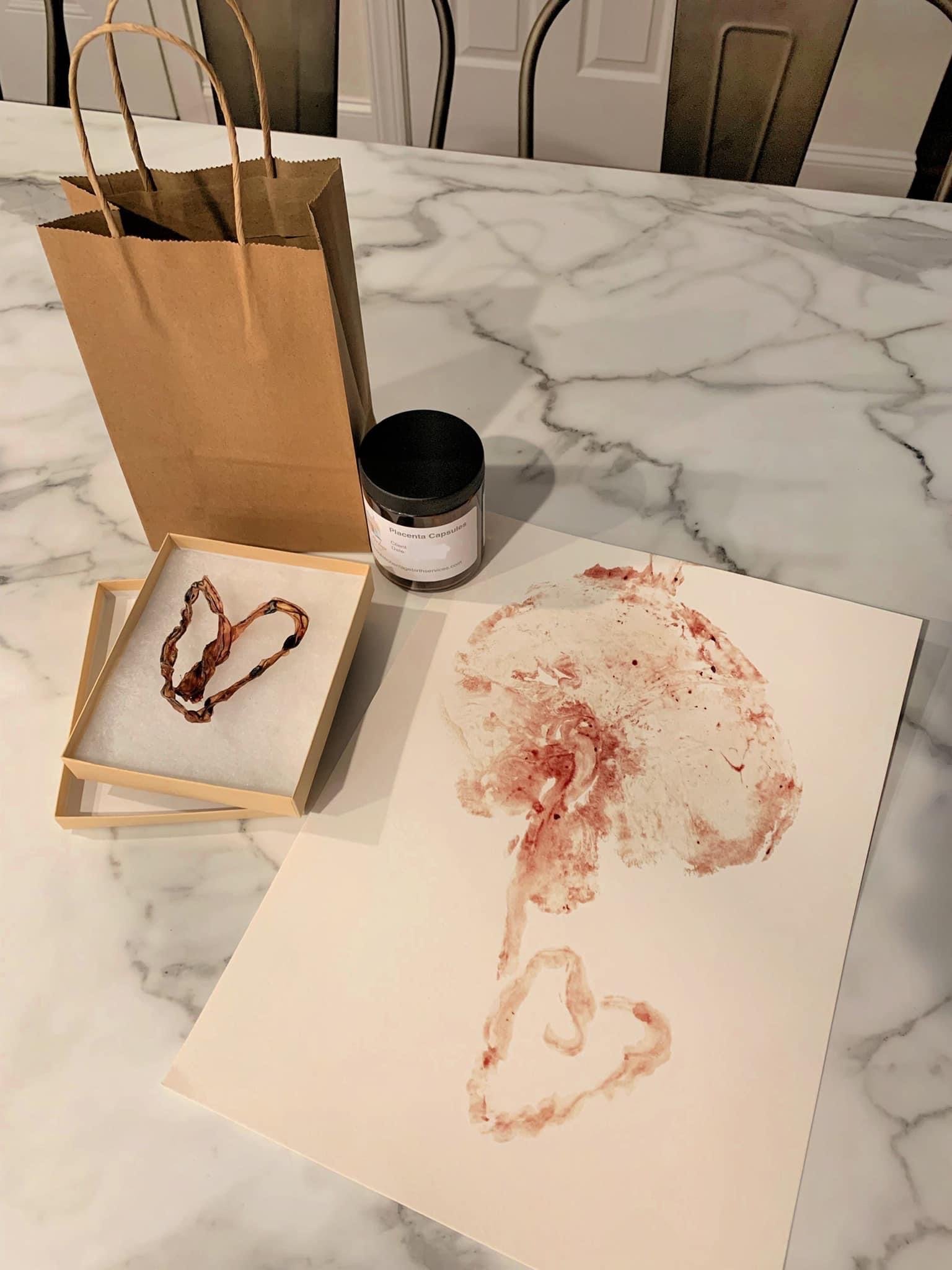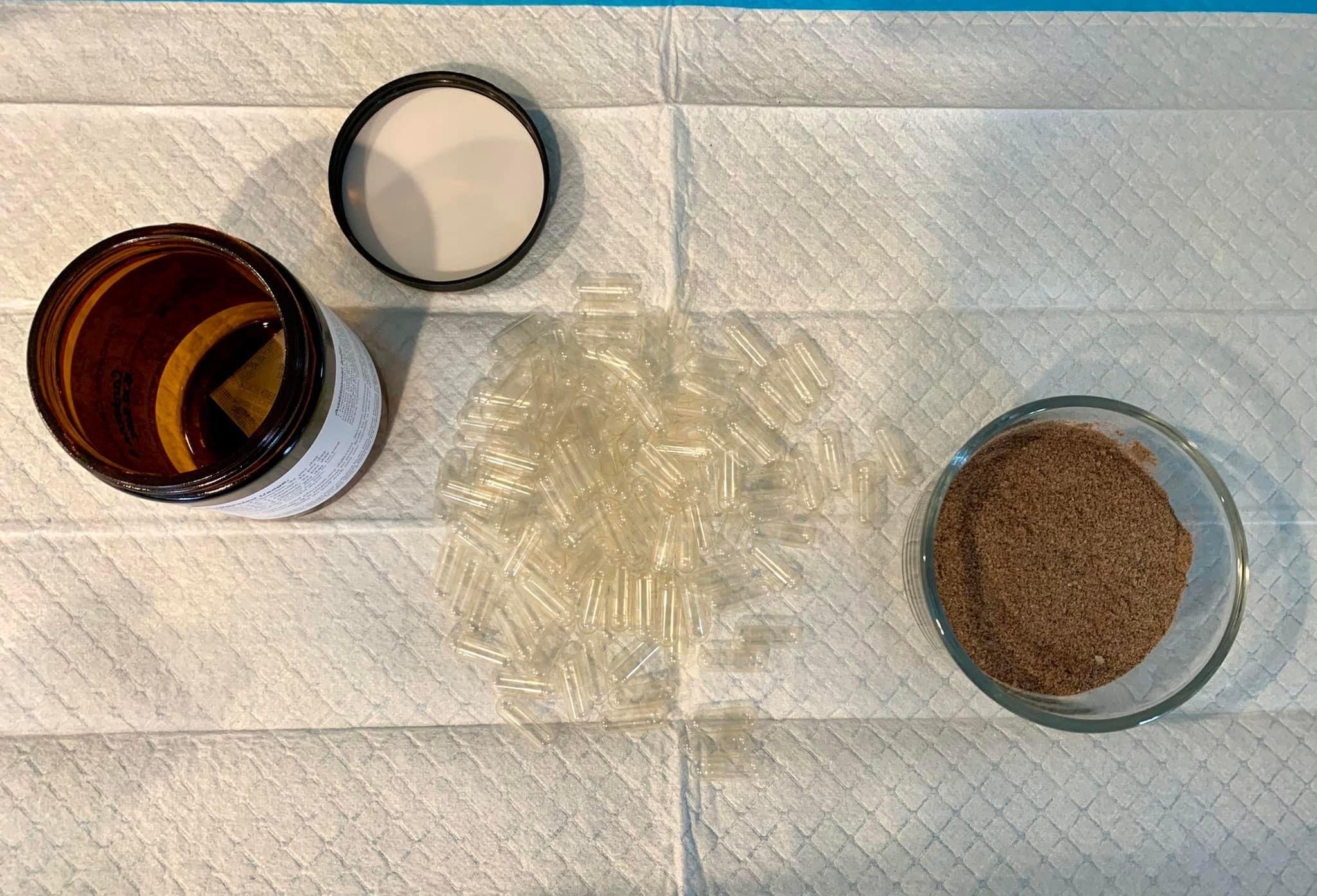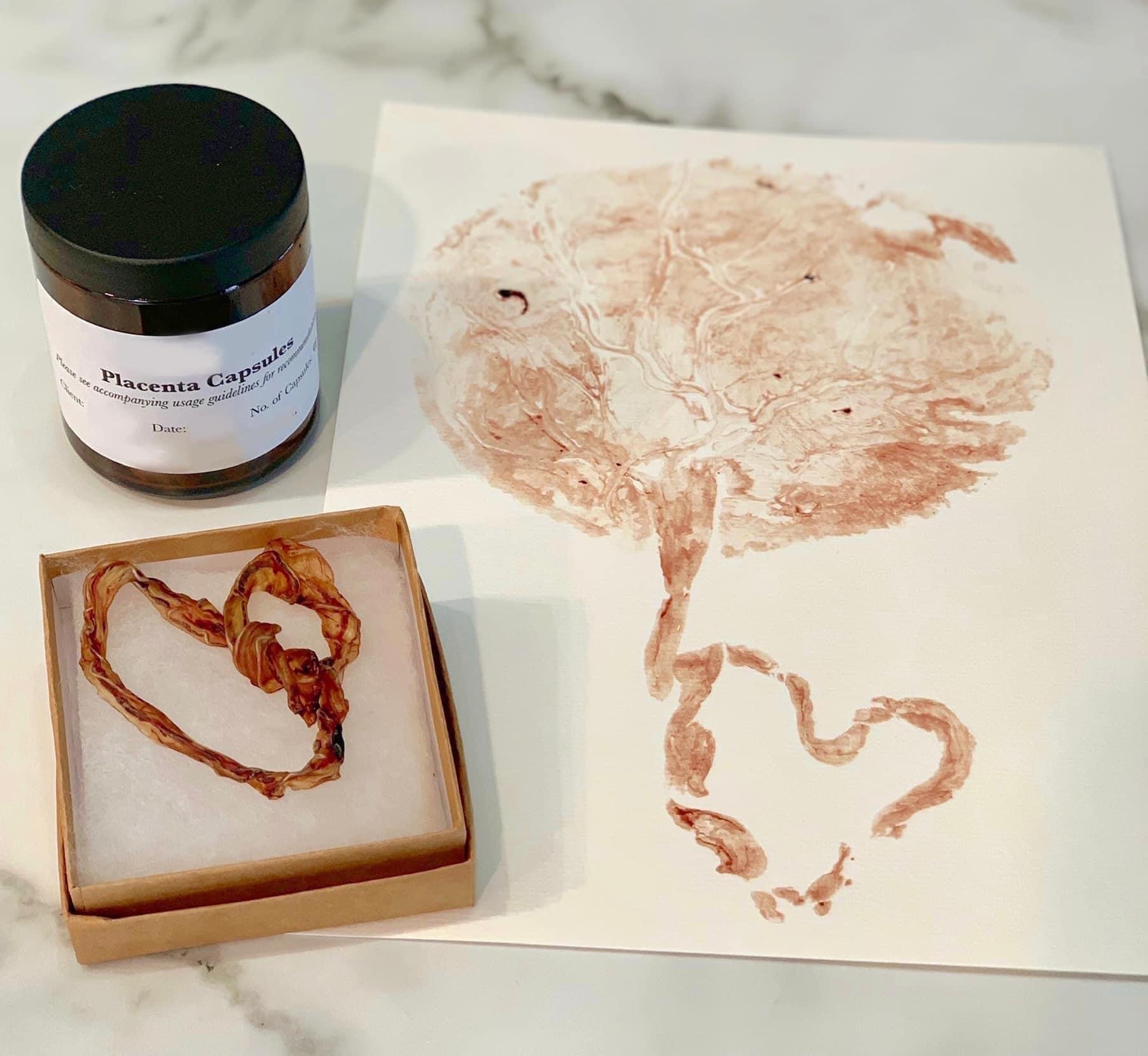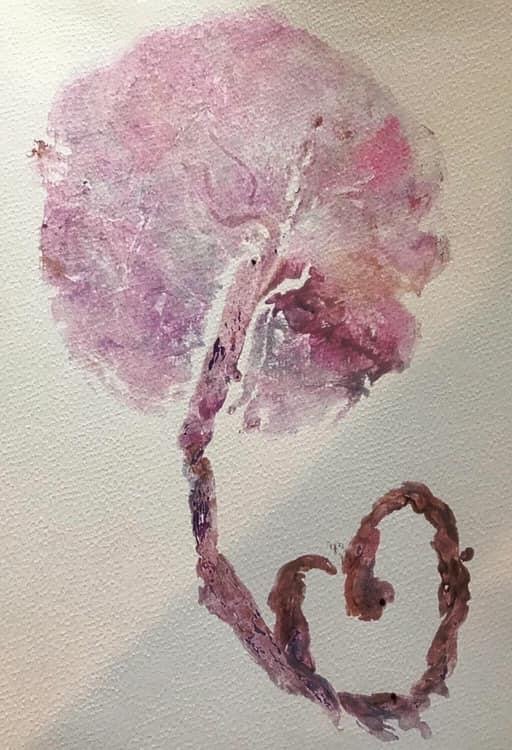Placenta Encapsulation {+ other options}
The placenta is a nutrient-rich organ that develops in the uterus during pregnancy. The placenta supplies oxygen and blood flow to your baby, cleansing it of unwanted toxins and boosting baby’s metabolism. The placenta nourishes and protects baby, and contains hormones required for pregnancy and breastfeeding. The placenta attaches to the wall of your uterus, and your baby's umbilical cord arises from it.
There are many cultural customs and beliefs where the placenta holds significant spiritual and/or symbolic meanings. Many cultures view the placenta as sacred and precious. Studies show that the placenta plays a tremendous role in certain ancient traditions, rituals, holistic and alternative medicine.
In most American hospitals, it’s common practice for the placenta to be disposed of as ‘medical waste’. But many parents are now choosing to do other things with their placentas.
In many cultures, it’s common practice for the placenta to receive a burial ceremony - many people believe that returning to the placenta to the earth connects their baby to its land and heritage. Some parents choose to plant a tree over the placenta to honor the sacred bond between a mother and her child.
Some mothers don’t have a desire to keep their placenta, but would like to see it after birth. If that’s you, make sure to communicate this to your care team (your support person, doula, nurse, midwife/OB) so that one of them can show it to you. Additionally, some mothers like to have pictures of their placenta to look back on after birth, so make sure to request that if that’s something you’d like.
Parents can also choose to donate their placenta after birth. The nutrient-dense tissue can help with reconstructive procedures, the healing of wounds and burns, ocular procedures, spinal surgeries, and other medical needs. Placenta donation must be done through an accredited tissue bank; you'll need to get specific authorization, although the process won't harm your child in any way. If donation is your plan, tell your healthcare provider in advance as they may need to get special authorization or fill out paperwork ahead of time. Note that parents can donate other birth tissue as well, including umbilical cord tissue, the amniotic membrane, and amniotic fluid. Find out more information at Donate Life America.
Some mothers are now choosing to have their placentas encapsulated. Ingesting your placenta (placentophagy) can be very beneficial to a mother adjusting to the physical and emotional demands of parenting a newborn as well as helping her heal from her birth, no matter the type of birth she experienced. Though the research on placenta ingestion is very limited, there is a large amount of women who agree that it greatly benefited them during the postpartum period! The primary benefits some mothers notice while taking their placenta capsules are:
• Increased energy and less fatigue
• Increase in breastmilk production
• Higher iron levels
• Decreases postnatal bleeding, encourages healing and recovery
• Decrease in ‘baby blues’, postpartum depression, and postpartum anxiety
• Lower risk of postpartum hemorrhage
• Hormonal regulation
• Can provide natural post-birth pain relief
• Increased energy and libido
• Improved quality sleep
• Increase in a stress-reducing hormone, CRH (Corticotrophin Releasing Hormone)
• Increased production of oxytocin (the ‘love hormone’) which can promote bonding with your baby
Kristian offers this service and uses the Traditional Chinese Method (TCM) of Placenta Encapsulation. She starts by gently rinsing the placenta of blood clots, removing the membranes and cord, and draining excess blood from the vessels. The placenta is then fully steamed with water to 160 degrees. Next, she slices the placenta into thin strips and place them in a single layer on racks in a dehydrator. The placenta is in the dehydrator at 160 degrees until fully dehydrated, usually overnight for 10-12 hours, depending on the size of the placenta. Then the dehydrated pieces are ground finely using an electric grinder. Once the placenta is finely ground, the powder is put into vegetarian capsules, the capsules into an amber glass jar, and the jar into your hands (along with recommended dosage and instructions).
Kristian received her Placenta Encapsulation training through The Association of Placenta Preparation Arts (APPA) in 2019. She maintains a sanitized workspace according to the requirements of APPA and Bloodborne Pathogens Training.
Additionally, there are other items that can easily be added on to Placenta Encapsulation Services:
•Placenta Tincture - A liquid extract of your placenta using a small piece of it in high-proof alcohol in an amber glass jar. It takes six weeks for your tincture to be ready for use - which is probably when you will be running low, or out, of your capsules. The tincture will keep indefinitely in a cool, dark place (like a cabinet).
•Placenta Salve - A topical balm of olive oil, beeswax, and placenta powder in an amber glass jar. Essential oils of your choosing can be added, upon request. The salve can be used for cesarean birth incision sites, perineal tearing, hemorrhoids, burns, baby’s diaper rash, cracked or sore nipples, eczema (for you and your baby), and other common skin irritations that you or your baby may encounter. It’s recommended to store the salve in the refrigerator.
• Placenta Print - A placenta print is using your baby's placenta to make a print on acid-free paper as a keepsake. Some people frame the “tree of life” print and display them in their home, while others save them with other memories from their baby (like baby’s first hair cutting). Placenta prints are a lasting depiction of the connection between mother and baby. You can receive a color print with the addition of a few drops of food coloring, or the print can be natural just using blood. We also offer framed placenta prints.
• Cord Keepsake - Preserve your baby's umbilical cord for a wonderful keepsake of your baby’s birth. The umbilical cord is shaped into a heart and then dehydrated for long term preservation. Other shapes/words might be designed if the cord is long enough.
• Wildflower Seed + Placenta - You can add on a keepsake bag of North Carolina wildflower seed (combined annual and perennial varieties) mixed with dehydrated placenta powder to plant at home. This is a wonderful way to appreciate your baby’s placenta for years to come.
To find out more about Kristian’s placenta encapsulation services, click here. If you have any questions about placenta encapsulation (or any of the other options mentioned in this post),
feel free to reach out to Kristian.
Happy birthing! 

